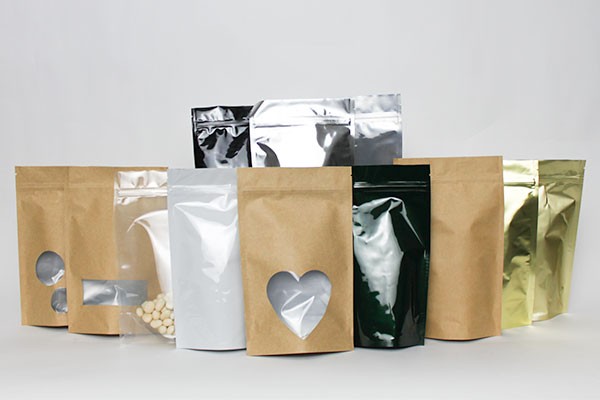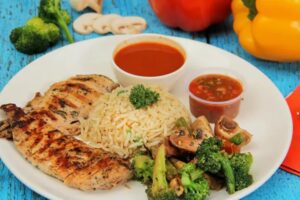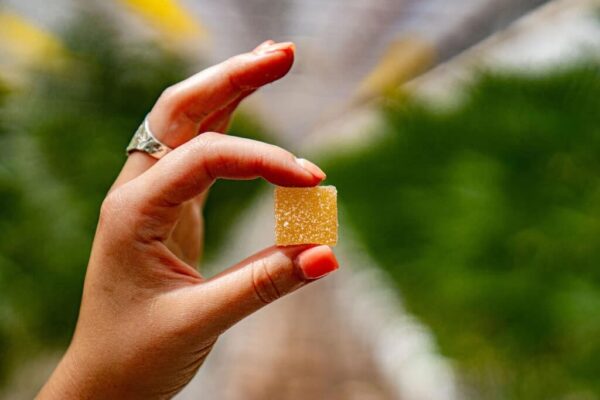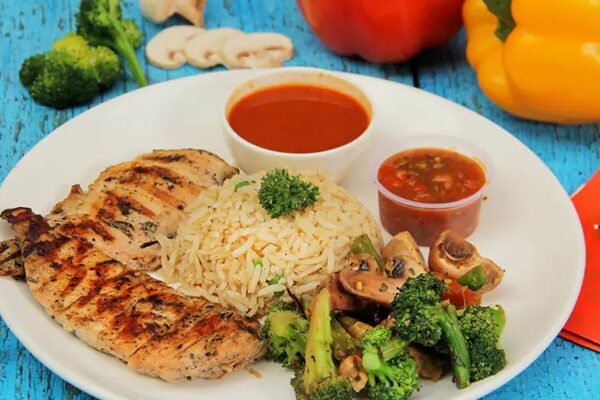Introduction –
Envision you are heading back home one pre-summer evening, drinking your number one soft drink from an aluminium can. In your other hand you’re conveying a plastic pack with your instant supper and a container of wine. In your pocket you might have a paper-wrapped piece of candy. Focus on these subtleties: there are somewhere around four distinct groups of packaging materials in each shopping sack, and behind every one there are a very long time to hundreds of years of exploration, innovation, and development. Now, in this guide we will be mainly looking at PC4 style packaging and also, you can see here more about, stand up pouch bag.
PC4 Defined –
Packaging is a significant component of most items sold. It is utilized along the whole worth chain and whenever utilized accurately; packaging can essentially lessen item misfortunes. The capability of food packaging can be summed up in PC4: Protection The inquiry is: how would I get foods and beverages far from microorganisms? Containment The inquiry is: how would I hold them back from spilling, or squandering, or breaking, or spilling? Communication The inquiry is: how might we as a whole approach foods and beverages coming from different sources, that we need to be new and safe? Convenience The inquiry is: where do I put foods/drinks with the goal that I can haul them around? Conservation. The inquiry is: how would I keep up with foods or beverages such that they will be new and safe tomorrow and the following day?
What Is Food Packaging?
Food packaging is the encasing of food with the end goal of protection from ecological variables that might cause pollution, harm, or rot during the time spent transport, stockpiling or selling. Lacking protection abbreviates the food’s timeframe of realistic usability, neglects to keep up with newness and increments item misfortune. Notwithstanding safeguarding, food packaging utilized for containing the foods gives data about the fixings and dietary benefits of its items, and gives convenience to clients — like simple opening. Packaging materials come in various shapes and have different capabilities. It is fundamental for the packaging material to have a harmony between its shape and its capability. Choice of the ideal packaging material for a specific kind of food relies upon the capabilities that the packaging ought to serve.
Distinct Food Packaging –
There are different types of metal food packaging, like jars, tubes, holders, covers, and terminations. There are two kinds of glass packaging generally broadly utilized for foods and beverages: tight neck bottles and wide-opening containers and pots. Wood is utilized for boxes and kitchen devices. Paper is generally utilized for transitory food containment and protection because of its high penetrability and powerlessness to be fixed with heat. Paper is now and then utilized as a piece of multi-facet structures. Plastics are the most well-known and most colossal materials utilized for food packaging.
Food Content Material –
On a comparative note, kitchenware material is a food contact material (FCM) that might possibly deliver synthetic substances into food. Preparing food and safeguarding it in the wake of cooking should be possible on any surface when it turns out to be extremely hot, and consequently the surface remaining parts aseptic. Nonetheless, contact at high temperature might involve two issues: In the wake of getting back to room temperature, food buildups are ideal for microorganisms and creatures. At high temperature the contact materials all the more effectively discharge synthetic substances into food, for basic physical (for example thermodynamic) reasons.








